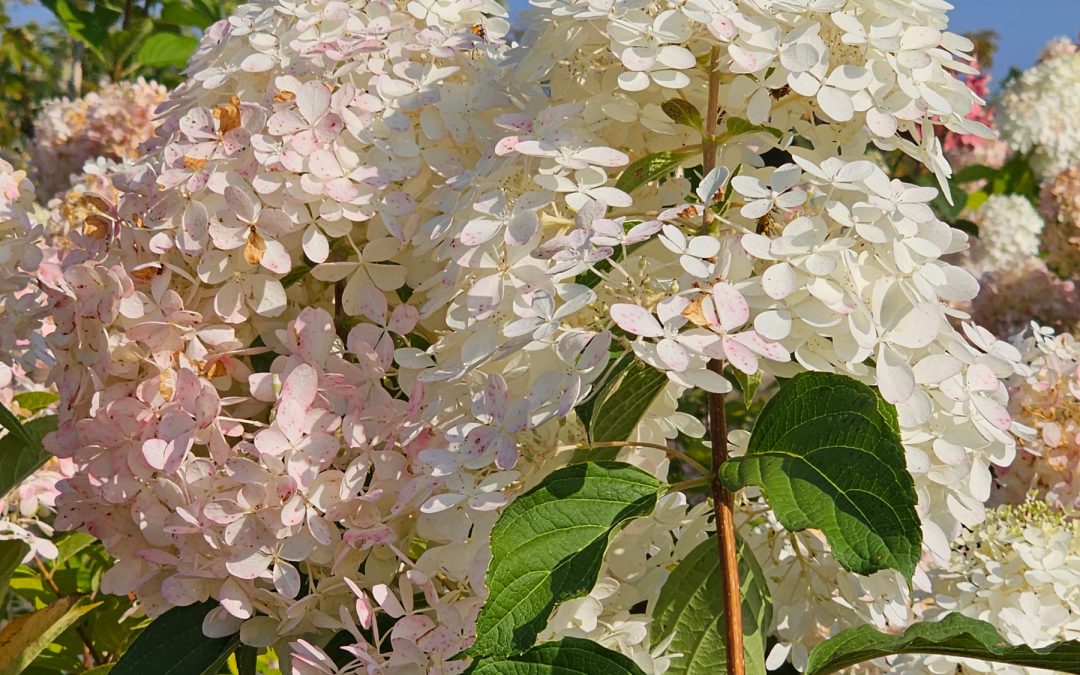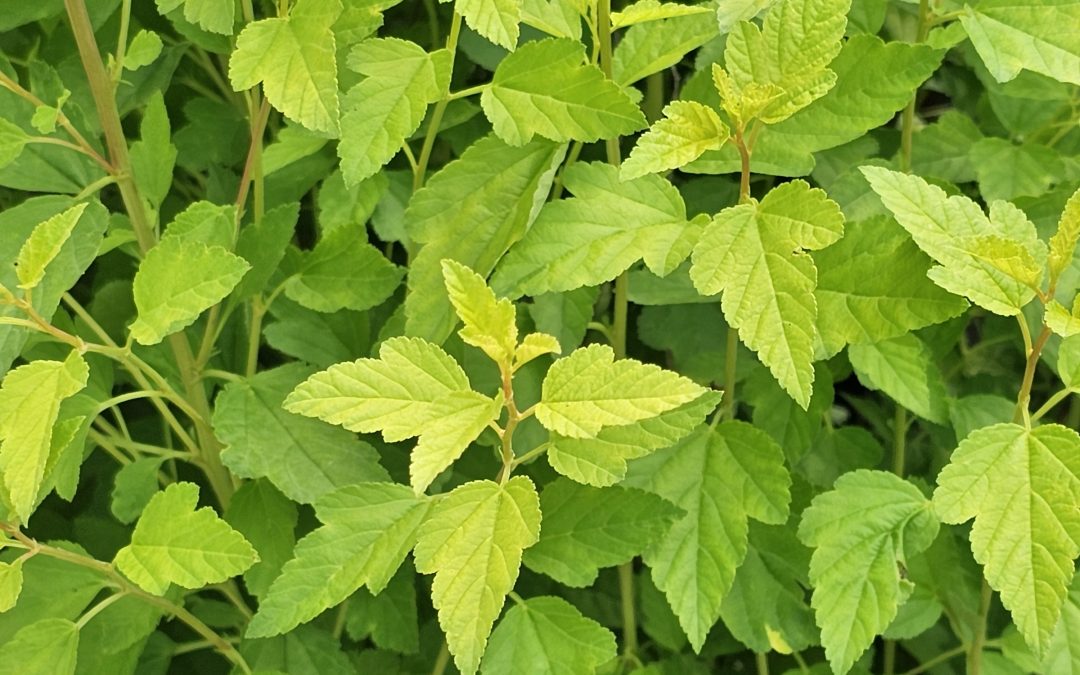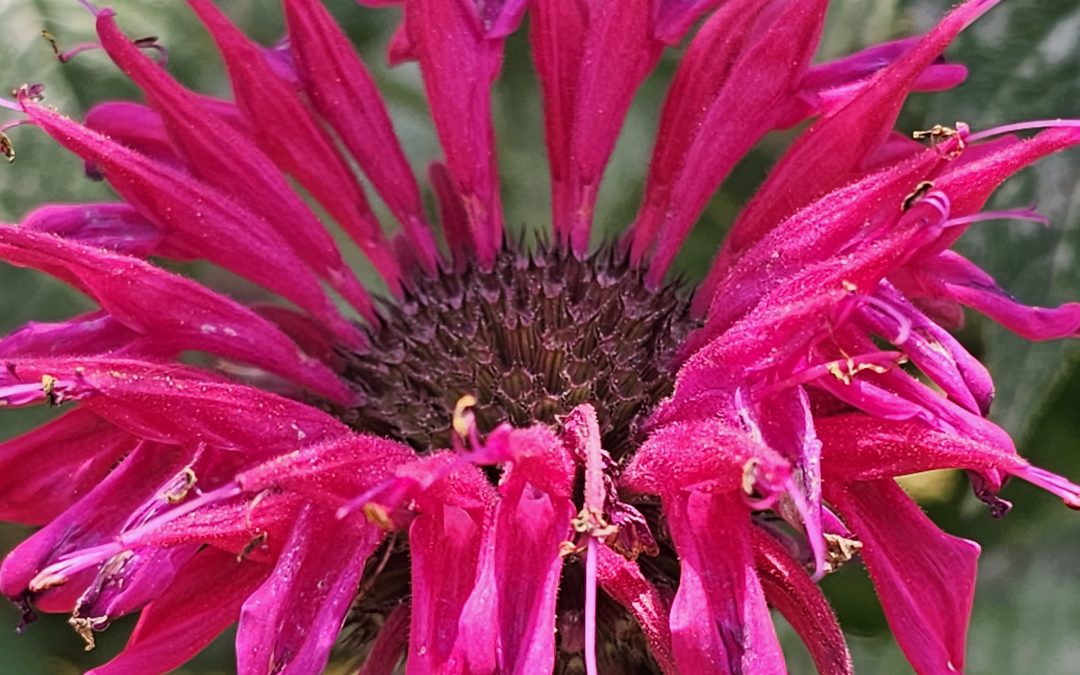
If you’re seeking versatile roses that range from spreading and climbing to dwarf and medium-sized varieties, consider the Pinktopia Rose. Contrary to the misconception that roses require expert care, they are incredibly hardy and require minimal maintenance. Ideal for planting in spring, they benefit from ample watering and a slow-release fertilizer like Rose Tone to ensure vibrant coloration. Pinktopia features abundant, repeat-blooming pink flowers set against dark green leaves. Growing to a mature size of approximately 4 feet in height and 3 feet in width, it’s perfect for hedges, borders, or focal points. Pruning in early spring will prevent leggy growth. Mulching helps retain moisture, especially during hot months, and watering should be done early in the day to prevent fungal diseases.

Perennial gardens often feature a plethora of purple, yellow, and red flowers, but white is frequently missing. The Becky Shasta Daisy fills this gap beautifully, offering a striking contrast and softening the garden’s overall look. Its large, classic white blooms with bright yellow centers sit atop a lush mound of dark green foliage, blooming from summer through fall. Growing to a manageable 2-3 feet in both height and width, it pairs well with taller perennials like rudbeckia or echinacea. This low-maintenance plant thrives in well-draining soil and requires at least six hours of full sun. While it can tolerate mild drought once established, mulching will help retain moisture.

This breathtaking Phantom Panicle Hydrangea serves as a stunning focal point when planted either in a bed or as a standalone feature. Its densely packed, conical-shaped creamy white blooms, which can reach up to 15 inches, emerge in July and gradually transition to a dark pink hue come fall. Thriving best in full sun for the majority of the day and partial shade in the late afternoon, this hydrangea can grow to dimensions of 8-10 feet in both height and width. For optimal health, plant it in well-draining soil and maintain regular watering, particularly during its blooming phase. A 3-4 inch layer of mulch around the tree—avoiding direct contact with the base—will aid in moisture retention.

The seasonal interest of the Lucky Devil Ninebark makes this smaller rounded compact shrub a beautiful specimen for a planting bed. Maturing around 3-4’ h x 3-4’ w the Lucky Devil can be used as the focal point or planted in odd numbers for larger design plans. In the spring beautiful tiny white blooms appear against a backdrop of bright yellow leaves that will turn orange in the fall. When planted in full sun, in an area with well-drained soil, care is fairly minimum. Pruning can be done in early spring, if desired but not necessary. Adding fertilizer and topdressing with mulch at the beginning of each season will give the ninebark what it needs to thrive. Once established, the Lucky Devil can withstand periods of drier weather.

Looking for a showy plant that attracts wildlife to your garden? The red blooms of the Raspberry Wine Bee Balm often attract hummingbirds, butterflies and bees during the months of July and August. If planted in well-draining soil and given plenty of sun, this perennial will thrive. However, make sure there is adequate spacing between plants thus allowing for proper air flow that will assist in preventing foliar and fungal diseases. Although this variety of Bee Balm grows to be about 3-4’ h x 2-3’ w, it can be divided as needed. Plant some in containers to dress up porches or decks. For those of you that like tea, the leaves are edible. Stop by the nursery today and pick your own Raspberry Wine Bee Balm before they are all gone.





